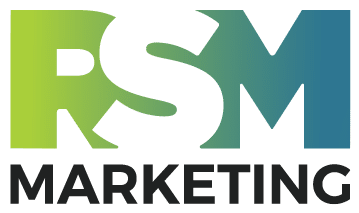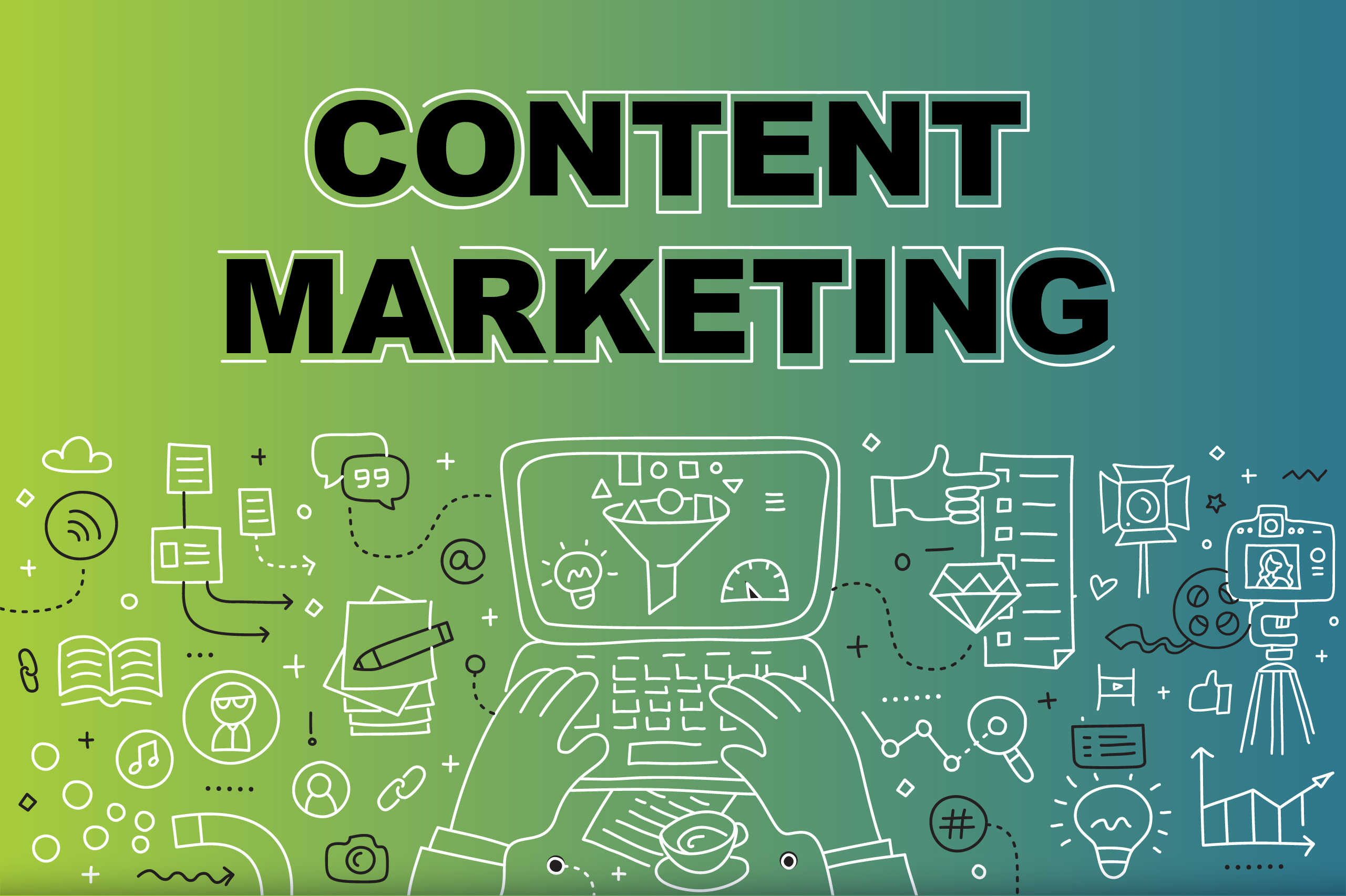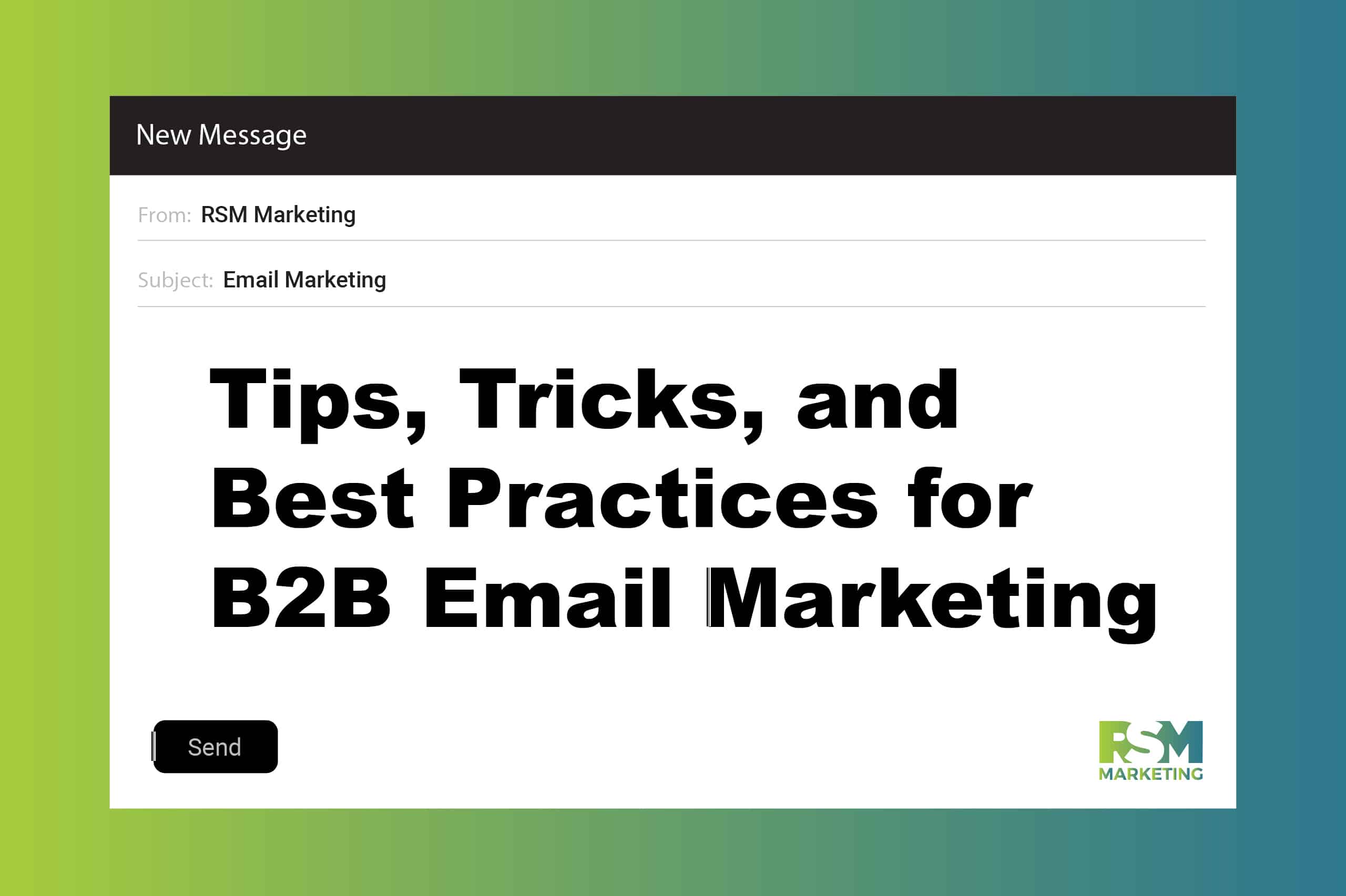Marketing Insights

Bottlenecks are places in our world where things slow down and they are usually unintended. Bottlenecks get designed into a process inadvertently (three toilets for 700 individuals) or purposefully (traffic lights, turnstiles, speed bumps). As bottlenecks create too much slow-down, many times systems get (re)designed to optimize a process (adding lanes to a highway).
Processes are anything and everything that runs a business (or a life). Here are some examples of business processes:
- New-hire onboarding
- Debt collection
- Prospecting
- Selling
- Payment transaction
- Web Development
- Buying office supplies
- Employee reviews
- Customer service.
Every process has a unique set of requirements for each user involved in the process. Those requirements place an experiential demand on those users and each of those demands has the potential to become a bottleneck for everyone else in the process.
Huh? So? That last statement can be easily illustrated by the following conversation that I actually had in a business meeting.*
Kim: Where are the month-end reports?
Cory: We haven’t gotten them from Mary yet.
Kim: But they were due this morning and this is the second month that this has happened. What’s the deal with getting these reports on-time and why has this started?
Cory: We integrated with UltraCorp in April.
[Silence]
Kim: And…
Cory: Mary has to download the weeklies from their Intranet and hand-enter them into the master file before she can export the month-end. The weeklies are not updated until 10 am.
* Names have been changes to protect the innocent.
Mary has a unique experience in the process of report generation. The decision to acquire and integrate UltraCorp placed a greater demand on that process; her task was never considered when the “integration” was designed. No one asked, “How are Ultra’s sales figures going to get to Kim once we’re done?” Had someone mapped the process and considered Mary’s user experience, and designed a better user interaction for her, she would not feel the ripple of inaction.
When you examine or design a new process, map out which users will be touched and what demands the new process places on each user. Don’t try to map every process at once… start with your big customer-facing processes, then work down to internal processes. Get everyone involved in some way so there is a general buy-off.
Discussions
Have you introduced a bottleneck into your company? Was it intentional or unintended? Leave us a comment and let us know.
Pick a process and make a user map. Where are the hold-ups? Can you eliminate a user from that system without creating a new bottleneck (does Mike really have to approve every expense report, or can certain ones go straight to finance)?
Sometimes the smallest, most seemingly inconsequential change makes a huge difference. Share an experience in the comments!
Want Some Help?
That’s what we’re here for! Whether you need some guidance on moving in the right direction or a whole lot of marketing muscle—the experts at RSM Marketing can make it happen.
Start with a simple conversation! Complete the form and one of our team members will be in touch.




